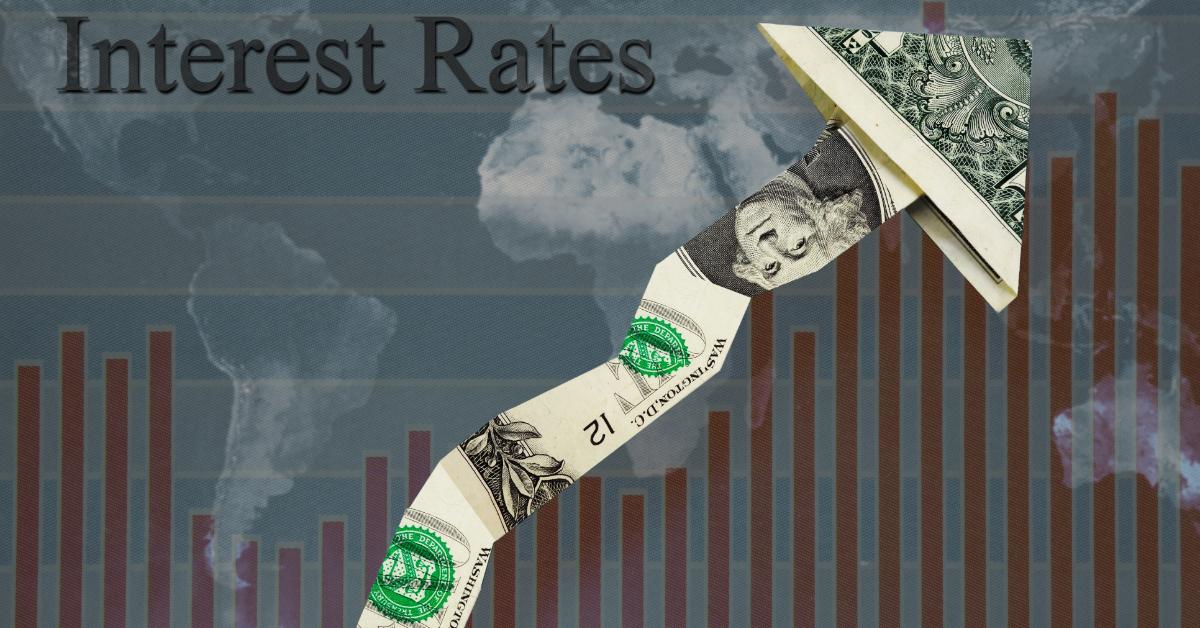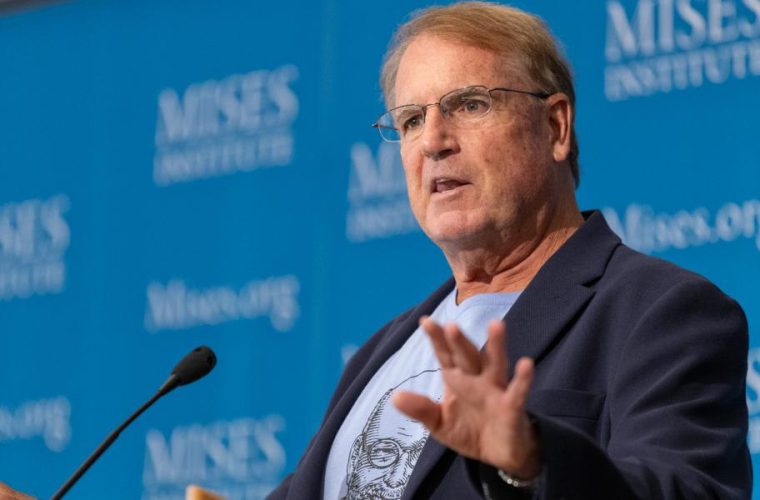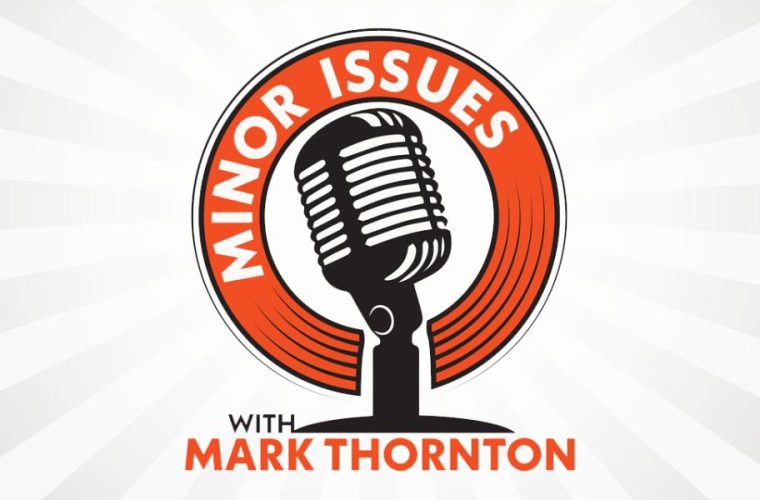
Rising Interest Rates and the “Great Reset” Bubble
Even though many deny it, the “Great Reset” exists, referring to a set of ideas that range from “stakeholder capitalism” to “wokeness” and “fourth industrial revolution” to “transhumanism.” It is effectively popularized especially through the World Economic Forum. The fight against viruses and epidemics and particularly the politically driven move away from fossil fuels to “save the global climate” are probably the most visible footprints of the Great Reset agenda.
In a nutshell, the Great Reset is a politically planned overthrow of the global economic and social system—a restructuring—and this most audacious endeavor has gained strong momentum in the wake of the central banks’ extremely low interest-rate policies in recent years. This finding is anything but surprising for those aware of the effects of downwardly manipulated credit costs.
Let me remind you: as a result of the global financial and economic crisis in 2008–9, major central banks around the world drastically reduced interest rates. In the United States, for instance, the key interest rate remained at zero until almost the end of 2015, rose to just 2.5 percent by the end of 2018, then fell again from the summer of 2019— and remained around zero—until March 2022.
In an environment of extremely low interest rates, capital misdirection on a grand scale went almost unnoticed. For example, artificially low interest rates reduced the incentive to save and stimulated consumption. At the same time, investment projects that would not have been interesting without suppressed borrowing costs became attractive. As a result, economies were lured into a false cyclical upswing, creating a boom.
In particular, taking on additional debt became more desirable, and that created an associated flood of liquidity-inflated asset prices, especially with stocks and real estate. An “illusion of wealth” emerged that obscured the fact that resources are scarce, making the enormous costs associated with the Great Reset look like a small matter.
A de facto zero interest rate makes people’s preference for instant gratification (satisfying needs in the present) even more compelling than at higher rates. From an economic perspective, the low rate devalued the future in favor of the here and now. As a result, the current desire to save the climate became even more urgent in people’s eyes compared to their legitimate desire to have abundant goods at their disposal in the future.
By no means less important, the artificially suppressed interest rates allowed states to implement their anti-free-market policies with near impunity. For example, many governments around the world dictated lockdowns in 2020–21, triggering the coronavirus hysteria. The true economic costs of the lockdown measures remained largely hidden from the eyes of the population because governments kept the economies running through gigantic debt-financed spending packages and enormous expansions of the money supply.
Everything seemed to be working in favor of the proponents of the Great Reset. The system of free markets along with a free society were forced back further and further, and the push toward a “command economy”—an “economy run by state dictate”—was effectively strengthened and accelerated. Then, the enormous expansion of the money supply—caused by the monetization of national debt by central banks on a massive scale—showed its undesirable side effect: inflation began to rise in 2020 with no end in sight. Given the ever-increasing inflation, central banks were forced to raise interest rates to avert a collapse of confidence in their fiat currencies.
To the horror of the proponents of the Great Reset, increased interest rates are now deflating the “Great Reset bubble”: suddenly, the future supply of goods is no longer so meaningless for the people living in the here and now; in fact, the future supply of goods has become much more valuable again. This makes the costs of the planned exit from oil, coal, and gas even more painful. Not only is current production dwindling due to elevated energy prices, but the increased credit and capital costs are also making many companies unprofitable, exacerbating the decline in jobs and output.
It becomes obvious that the income and welfare losses for the general population have been enormous. The Great Reset has suddenly become an extremely expensive luxury project, and people are increasingly beginning to rebel against the impoverishment effect that comes with it.
Could we perhaps conclude that the Great Reset requires an artificially lowered interest rate to be implemented? Do “stakeholder capitalism” and “wokeness” and moving away from fossil fuels only pay off in a world of artificially lowered interest rates? Does the “new world order,” as envisioned by the proponents of the Great Reset, necessarily require artificially suppressed market interest rates?
This would probably be an exaggeration. After all, the manipulated market interest rate is just one variable in implementing the Great Reset scheme. Irrespective of the level of the interest rate, a society of people infected, or fanaticized, by an inhumane ideology could very likely decide to sacrifice their prosperity in the here and now to achieve a state of imaginary happiness in the future—and strive toward a Great Reset and thus neosocialism.
However, a downward manipulated interest rate undoubtedly facilitates overthrowing the existing ownership and wealth structure, as intended by the Great Reset. That said, the interest-rate policy of the central banks is something like a “compass needle,” a directional indicator: continually rising interest rates throw sand into the gears of the Great Reset fanatics, while a return to the policy of lowering interest rates has the potential to fill the Great Reset bubble with new air.
Could the central banks have undermined the Great Reset with the interest rate increases they have introduced since the beginning of 2022 so that the project is now coming to a shrieking halt? Probably not. In fact, there is little feeding this hope. At the end of the day, central bank councils fully support the economic policy agenda of their governments, including the Great Reset. So, we should not foster too much hope that the latest interest-rate increases have actually heralded the end of the Great Reset machination.
No, the Great Reset can only be stopped and reversed if and when people wake up. This necessitates people beginning to see through the scheme: namely, that the Great Reset doesn’t stand for a better world but aims to implement a global control and oppressive regime in which the individual no longer counts, the state becomes totalitarian, and freedom and prosperity as we know it today would no longer exist.
The return of the policy of lowering interest rates on the part of central banks—which is expected to unfold soon—must, therefore, be seen as the resumption of the Great Reset’s fight against people’s freedom and prosperity. Artificially lowered interest rates help to prevent the Great Reset bubble from imploding, or at least keep it inflated for longer than anyone who cares about freedom and prosperity would like.
Again, to effectively end the Great Reset and burst its bubble, people must wake up now and put an end to it—before it is too late.



